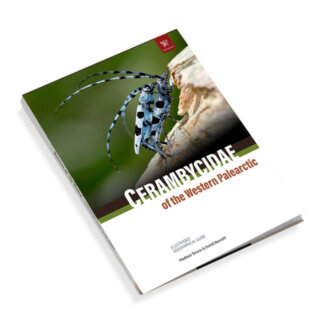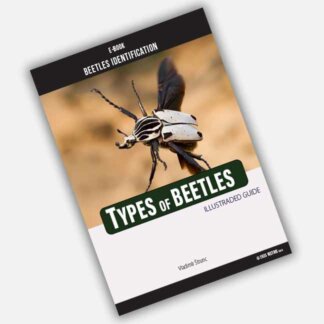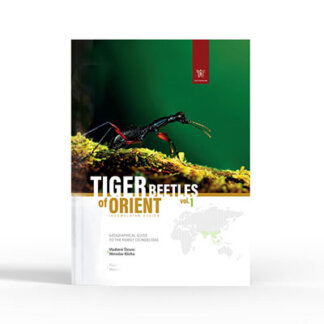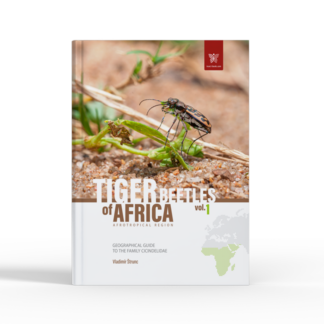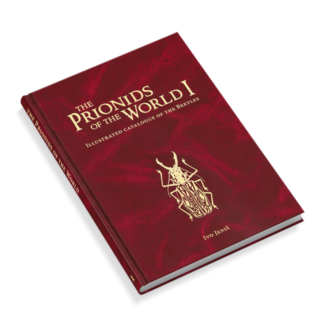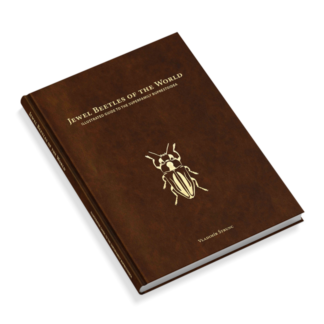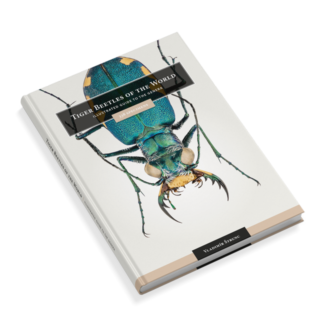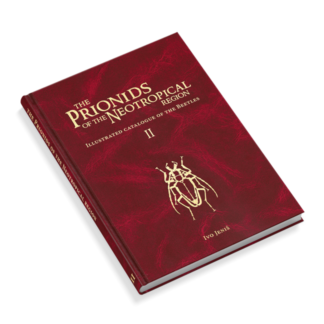Insects are an essential component of our planet’s ecosystems and play a key role in many processes such as pollination, decomposition of organic matter and control of harmful species. Given their importance to life on Earth, insects need to be protected from the negative impacts of human activities and environmental change. In the following, we will discuss several strategies on how we can protect insects and promote their biodiversity.
Book novelties:
Prioninae of the World I.
Cerambycidae of the Western Paleartic I.
Protection of insects
First, it is important to maintain suitable habitats for different insect species. This includes maintaining a diverse landscape with a mosaic of different habitats such as grasslands, forests, wetlands and fallow fields. Many insect species are specialised to certain habitat types or host plants, so it is important to ensure sufficient environmental variation and continuity of suitable habitats for them.
Books about Beetles
Unique pictorial atlases for identifying Beetles:
(2020) Tiger Beetles of the World, Cicindelidae, Illustrated guide to the genera
(2023) Tiger Beetles of Africa, Cicindelidae, Geographical guide to the family Cicindelidae
(2024) Tiger Beetles of Orient, Cicindelidae, Geographical guide to the family Cicindelidae
(2022) Ground Beetles of Africa, Afrotropical Region
(2022) Jewel Beetles of the World, Buprestidae, Illustrated guide to the Superfamily Buprestoidea
(2008) The Prionids of the World, Prioninae, Illustrated catalogue of the Beetles
(2010) The Prionids of the Neotropical region, Prioninae, Illustrated catalogue of the Beetles
Book about Beetles
Buy now. List of family Coleoptera
Protection of insects
You can find here: Carabidae, Buprestidae, Cerambycidae, Cicindelidae, Scarabaeidae, Lucanidae, Chrysomelidae, Curculionidae, Staphylinidae
We should also minimise the use of pesticides and chemicals in agriculture and the domestic environment. Pesticides often have a negative impact on not only harmful but also beneficial insects, which can lead to a decline in their populations and disrupt the natural balance in ecosystems. Integrated pest management and more environmentally friendly biological pest control methods should be favoured. Protection of insects
In the context of urbanisation and the loss of natural habitats, it is important to promote the creation of green spaces in towns and cities. Gardens, parks or green roofs offer potential refuges for various insect species and help to maintain their populations in environments affected by human activity. When landscaping green spaces, care should be taken to maintain plant diversity, preserve old trees with hollows or leave some unmaintained vegetation for nesting and insect life. Boouks about Beetles
Protection of insects
Another strategy is to promote research and monitoring of insects. It is necessary to increase our knowledge of the biology, ecology and distribution of each species in order to better plan conservation measures and identify priorities for insect management. Collaboration between experts, amateur entomologists and the public can help to monitor changes in insect populations more effectively and improve awareness of their importance.
In conclusion, it should be stressed that insect conservation is not only the task of professionals or government institutions, but also the responsibility of each individual. Each of us can contribute to improving conditions for insects by, for example, being environmentally friendly, not using chemicals in the home environment or participating in conservation activities and education. Insect conservation is a key part of sustainable development and caring for our planet.
Techniques for collecting insects – Night Insects Collecting – Where to look for insects – Formation of youth

